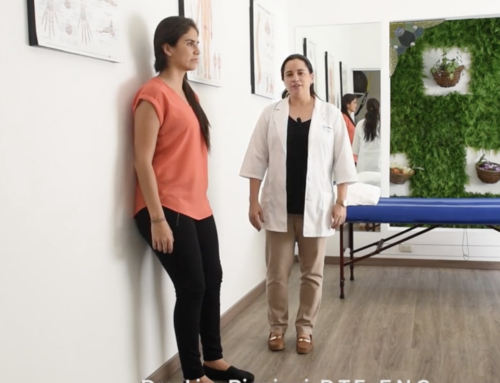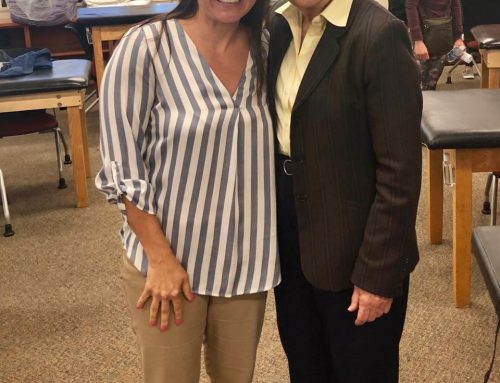Dystonia
Because many forms of dystonia affect mobility, posture, balance, and how a person’s physical movements affect everyday tasks, physical therapy is an important component of living with dystonia for many people.
Since dystonia is a neurological disorder, physical therapy does not treat the dystonia directly but rather secondary conditions that may accompany the dystonia.
Under the guidance of a physical therapist and a physician, an individual may learn to recognize compensatory movements and habits that may have developed as a result of the dystonia. Being aware of activities that aggravate symptoms and learning beneficial substitute methods may contribute to improved motor control. Physical therapy may enhance the benefits from other medical treatments, such as oral medications and/or botulinum toxin injections.
Physical therapy is a slow process that should be approached with commitment and optimism. Results may not be immediately apparent, but a physical therapy program can influence many aspects of daily living. Under the guidance of a therapist and physician, physical therapy and stress management can help achieve increased awareness and control of one’s movement, environment, and symptoms as well as address secondary complications that may result from the dystonia.
Because many forms of dystonia affect mobility, posture, balance, and how a person’s physical movements affect everyday tasks, physical therapy is an important component of living with dystonia for many people.
Since dystonia is a neurological disorder, physical therapy does not treat the dystonia directly but rather secondary conditions that may accompany the dystonia.
Under the guidance of a physical therapist and a physician, an individual may learn to recognize compensatory movements and habits that may have developed as a result of the dystonia. Being aware of activities that aggravate symptoms and learning beneficial substitute methods may contribute to improved motor control. Physical therapy may enhance the benefits from other medical treatments, such as oral medications and/or botulinum toxin injections.
Physical therapy is a slow process that should be approached with commitment and optimism. Results may not be immediately apparent, but a physical therapy program can influence many aspects of daily living. Under the guidance of a therapist and physician, physical therapy and stress management can help achieve increased awareness and control of one’s movement, environment, and symptoms as well as address secondary complications that may result from the dystonia.




